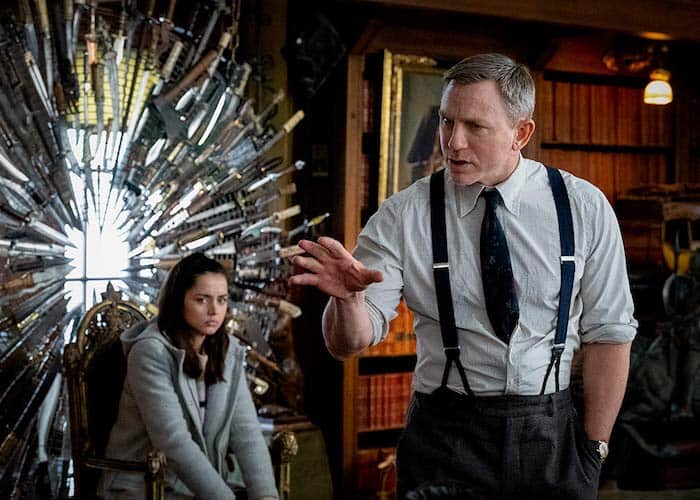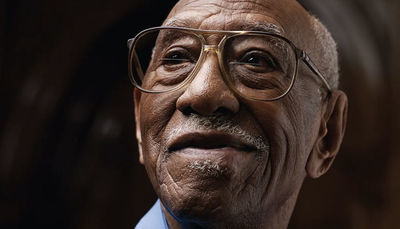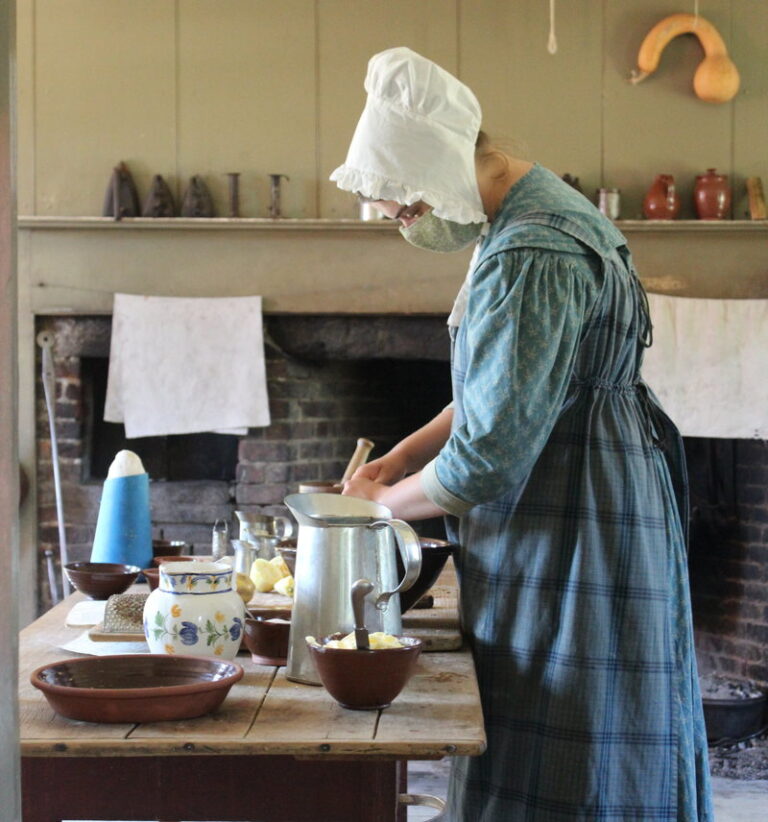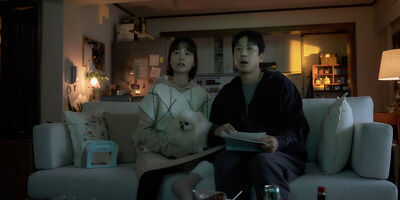Horrific Inquiry: FRANKENSTEIN (1931)
Welcome back to the newest, and at times goriest, column here at Film Inquiry – Horrific Inquiry. Twice a month, I will be tackling all things horror, each month bringing two films back into the spotlight to terrify and frighten once more. And occasionally looking at those that could have pushed the envelope further. Join us as we dive deep into the heart of horror, but warning, there will be spoilers.
The creature features of the 1930s are synonymous with the early days of horror, their depictions of literary monsters terrifying and mesmerizing, even now. Yet, there is a classic and almost inescapable time capsule they each present, showcasing the rapid advancement of film in its early days, but also the unrelenting fascination the horror genre has continued to retain in the decades since.
Universal Pictures was at the forefront, carrying much of the success through the late 1930s. In 1931, Universal would launch a decade of horror with not one, but two films that would leave a permanent mark on the genre, forever eternalizing an image of their monsters – Dracula and Frankenstein. This month, I will be looking back at James Whale‘s Frankenstein.
A Classic Begets a Classic
Adapted from the literary classic Frankenstein: The Modern Prometheus from Mary Shelly, Frankenstein is a remarkable feat, one that holds up 90 years later, entrancing and entertaining audiences alike. For myself, this was the first time I had had the opportunity to see the film. I had fallen in love with Frankenstein even before watching it, the decades of devoted fans and scholars speaking so passionately of the film and its leading monster (brought to life by Boris Karloff).
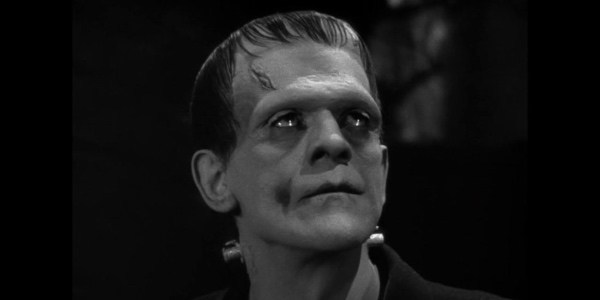
Frankenstein begins with a gentleman appearing from behind a curtain to present our audience with a “friendly warning”. As he heeds caution to the audience, preparing them for what they are about to see, I found myself distracted for a moment, reveling in the cultural node The Simpsons had paid to this opening in its early inductions of their yearly “Treehouse of Horror”.
As the gentleman departs the stage, Frankenstein launches into its credits, boisterous music heightening the tension and anticipation of the film, its final credits revealing the cast. Well, almost the entire cast as The Monster’s ellipses end in a question mark. At this time, Boris Karloff was still relatively unknown.
Frankenstein does not wait to embrace the line of narrative and grotesque, Dr. Frankenstein (Colin Clive) and his right-hand man Fritz (Dwight Frye) immediately engage in grave robbing, both of the ground and the gallows. A questionable breaking of the fourth wall is momentarily seen, Frankenstein reassuring his audience as he removes a coffin from the ground that the corpse within “is just resting, waiting for new life to come”.
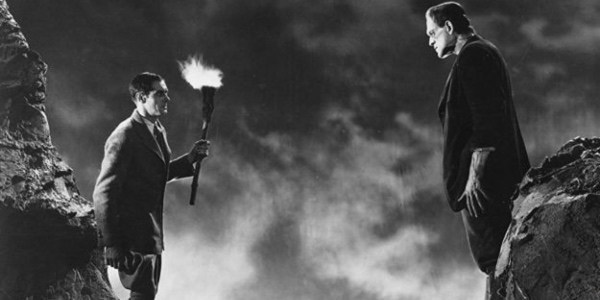
As the story unfolds, it remains predictable for anyone that has read the novel, yet it is the intricate way the story is woven, leaving behind the Arctic and years of solitude of the book, and embracing the constraints of the film medium. In a solid and swift 70 minutes, Frankenstein brings to life words on a page proving in 1931, and for future decades to come, the power of horror and the power of film.
Creating The Monster
Presented in its 1:20:1 ratio, there is an immediate recognition of the possibility of previous film restorations. Clear picture and crisp sound call its audience into this classic adaptation. What is immediately striking are the film’s foreboding set designs. Large and expansive ceilings in Baron Frankenstein’s home, Frankenstein’s laboratory, and in foyer encompassing the staircase large leave vacancy of space creating depth and almost swallowing the characters set within it. As each character moves around in these specific sets, they are made small, almost lost within. It is a strong design, given the nature of man attempting to control life and death. While one may try, we are small in comparison to the natural forces of life that surround us, always threatening to engulf us at any time. Frankenstein believes he has the power and the control, but the forces he is dealing with are larger than he could possibly understand.
Makeup design also stands out in the film, even today drawing “wows” from first-time viewers. Colin Clive‘s Dr. Frankenstein’s carefully designed contours (and lighting) further deepest his eyes, giving him an almost villainous look early one, warping his face on the border of a mad scientist and villainous creator. Where he is the creator of the monster, he is made to look like one himself. The Monster is the standout, however. His flat-topped head, sullen eyes, and bolted neck a collaboration between the film’s director James Whale and make-up artist Jack Pierce. Their creation and look would become a staple image of The Monster for decades to come.
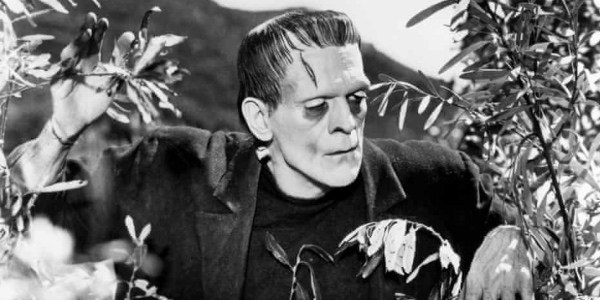
Boris Karloff‘s initial introduction as The Monster 90 years later is still captivating and hypnotizing, drawing awe to his performance. Karloff as The Monster is reserved yet curious, a child-like naivety seeping from each expression he exhibits. There is a clear awareness of every muscle and movement, from his introduction and swinging arms to the violent nature that takes over in his domineering stature.
One of the most surprising aspects was how graphic the film turned out to be. The hanging of Fritz, the throwing of Dr. Frankenstein onto the panes of the windmill, and the burning of the Monster was shocking, especially given the time period the film was released. I had expected the camera to look away as the violence increased, yet it holds steady, allowing a fully encompassing examination of the power of nature, our inability to control it, and the consequences when human curiosity goes too far. It is a bold approach for 1931 and a commendable choice 90 years later.
Conclusion: Frankenstein
James Whale‘s Frankenstein is a classic, not only in the sense of a genre but to film history overall. It masterfully adapts the work of Mary Shelley, presenting it to audiences in a culmination of skill at the dawn of horror.
What are your thoughts on this classic? Let us know in the comments below!
Watch Frankenstein
Does content like this matter to you?
Become a Member and support film journalism. Unlock access to all of Film Inquiry`s great articles. Join a community of like-minded readers who are passionate about cinema – get access to our private members Network, give back to independent filmmakers, and more.
Join now!
